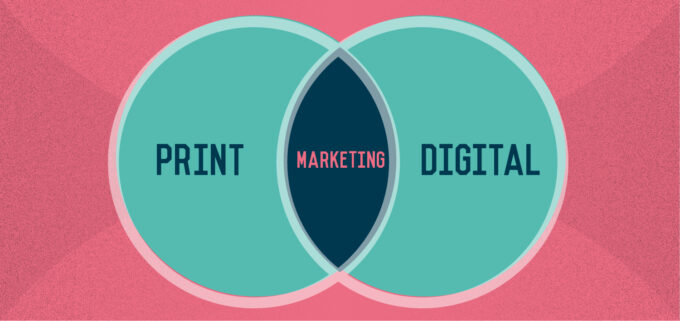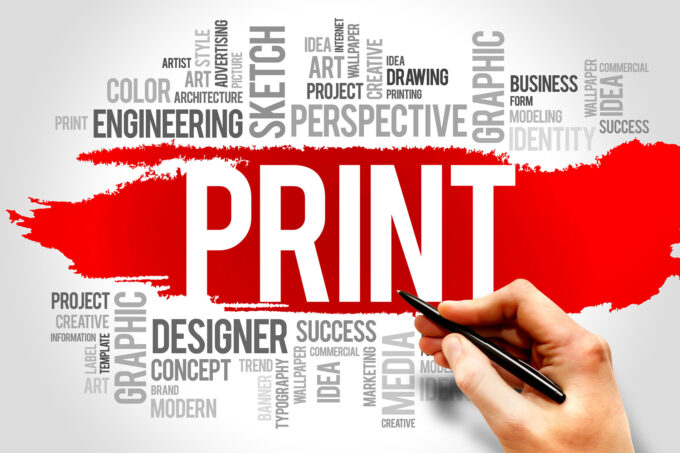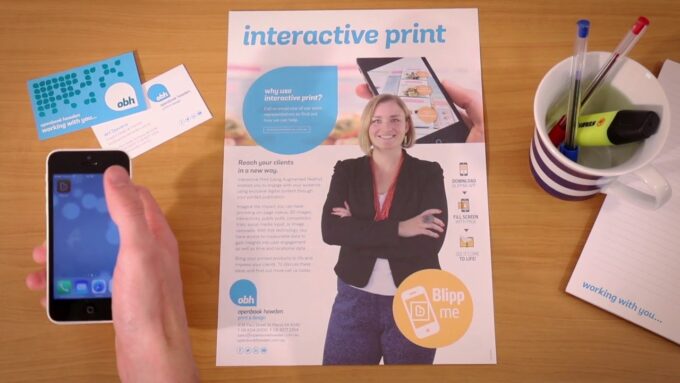Today’s digital revolution has forever transformed the marketing landscape. Modern advertising techniques have seen rapid growth, but this doesn’t mean that traditional methods such as print marketing are obsolete. On the contrary, they continue to have their unique allure, especially when implemented smartly and strategically.
Understanding The Importance Of Print Marketing
According to First Colour Printing, it’s essential to fully grasp the impact of print marketing in today’s digital age. A tangible piece of marketing like a brochure, poster, or direct mail flyer creates an immersive experience for customers. It helps them to establish a physical connection with your brand, something digital ads can’t provide. Print marketing also offers a respite from screen fatigue, a prevalent concern in this digitally dominated era.
Another crucial aspect to consider is credibility. Print materials often come across as more legitimate than their digital counterparts. In a time where online scams are rampant, print can lend your brand an extra layer of trustworthiness.
Maximizing Print Marketing’s Potential

To get the most out of your print marketing, you need to maximize its potential. First, ensure your print materials maintain high quality. They should be attention-grabbing, with appealing visuals and persuasive copy. Remember, the quality of your print marketing directly reflects your brand’s standards.
Personalization is the next step. Tailor your messages to suit your target audience. The more relatable your message is, the higher the likelihood of your marketing material being read, understood, and acted upon.
Creating A Blend Of Print And Digital

The key to successful marketing in this era lies in blending print and digital advertising. This isn’t about choosing one over the other; instead, it’s about integrating both for a more effective marketing strategy.
For instance, you can incorporate QR codes into your print materials, leading customers to your website or a specific landing page. Not only does this bridge the gap between print and digital but it also allows you to track the effectiveness of your print campaigns.
Similarly, promoting your print marketing materials on your digital platforms can drive more traction to them. This helps to create a seamless customer experience across different marketing platforms.
The Significance Of Design In Print Marketing
Never underestimate the role of design in print marketing. Good design attracts attention, simplifies complex information, and helps your brand stand out. Ensure your designs reflect your brand’s identity and are consistent across all marketing materials.
On the flip side, poor design can have the opposite effect, deterring potential customers and negatively impacting your brand image. Hence, it’s worth investing time and resources into crafting visually appealing designs for your print marketing materials.
Optimizing Print Marketing For Maximum Impact

Finally, optimizing your print marketing for maximum impact involves considering factors like timing, distribution, and your call to action. You should distribute your print materials strategically, placing them where your target audience can easily find them.
Your call to action (CTA) is another crucial element. You must make it clear what you want the customer to do after reading your material. Whether it’s visiting your website, making a purchase, or calling for more information, make your CTA compelling and easy to follow.
Strategic Placement Of Print Ads
One of the most critical aspects of a successful print marketing campaign is the strategic placement of print ads. It involves the careful selection of advertising venues, both physical and in print media, where your target audience frequently visits or reads. By doing so, you maximize your ad’s visibility, increasing the chances of your message reaching the right people.
For instance, if your target audience frequents coffee shops, placing high-quality posters or flyers there can be an effective strategy. Similarly, if they’re readers of a certain magazine or newspaper, running your print ads there would make sense.
Utilizing Print Marketing Metrics

In the world of marketing, understanding your return on investment (ROI) is vital. Though it might seem challenging to measure the success of print marketing, several strategies allow you to do so. These include using unique phone numbers or website landing pages, or asking customers directly where they heard about you.
Additionally, modern technologies like QR codes can bridge the gap between print and digital as well as provide a reliable way to track the success of a print campaign. By scanning the QR code on a print ad, customers can be directed to a unique webpage, allowing you to track the traffic and engagement resulting from that particular ad.
Focusing On High-Quality Copywriting
The essence of any successful marketing campaign lies in its content, and print marketing is no exception. High-quality copywriting is a must. It has the power to catch the attention of readers, hold their interest, and compel them to take the desired action.
Effective copywriting starts with a strong headline, one that instantly grabs the reader’s attention. The body of the content must provide value, be easy to understand, and relate to the customer’s needs or desires. Lastly, end with a compelling call-to-action, guiding the customer on what to do next.
Engaging Customers With Interactive Print Materials

In the digital age, customer engagement is everything. Just because print materials are static doesn’t mean they can’t be interactive. You can make your print materials more engaging by including elements like scratch-offs, stickers, or pop-ups. You can also use print to invite customers to participate in contests or events.
Another great way to increase engagement is to pair your print materials with augmented reality (AR) technology. This allows customers to use their smartphones to interact with your print materials, adding a digital element to the physical world and creating a unique, memorable experience.
Embracing Eco-Friendly Print Marketing
In a time when environmental concerns are at the forefront, adopting eco-friendly practices in print marketing can enhance your brand image. This can be achieved by using recycled paper, eco-friendly inks, and minimizing waste in the print process.
Not only does this show your company’s commitment to sustainability, but it also resonates with eco-conscious customers, which are growing in number. So, it’s not just good for the environment, but good for business too.
Conclusion
Effectively using print marketing in the digital age involves a blend of understanding your audience, maximizing the potential of print, and integrating it with your digital efforts. By doing so, you’re not just reaching out to your audience in a more personalized manner but also reinforcing your brand’s credibility and visibility in the market.









